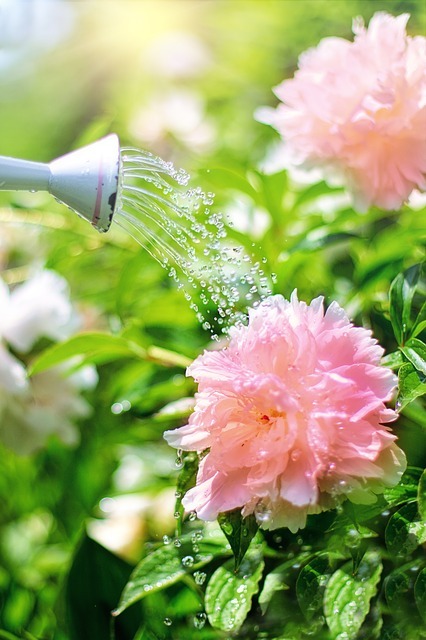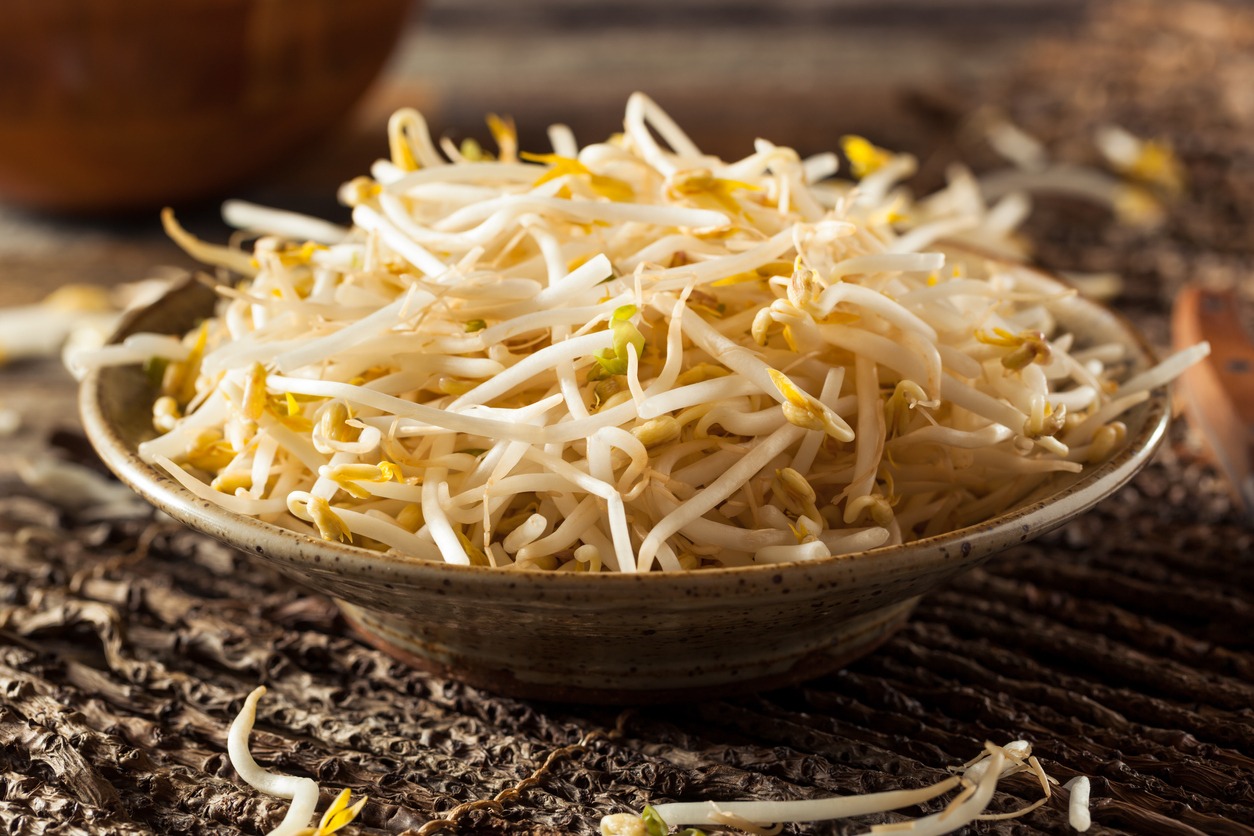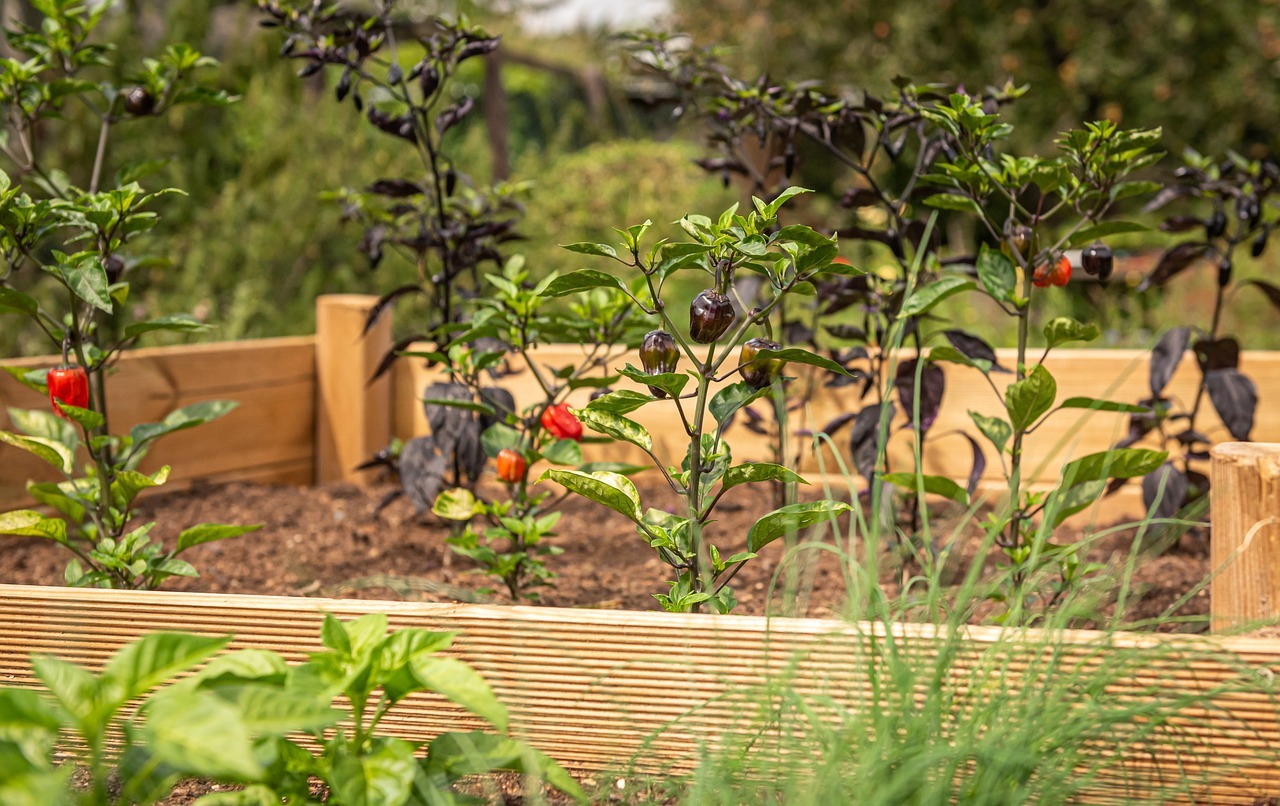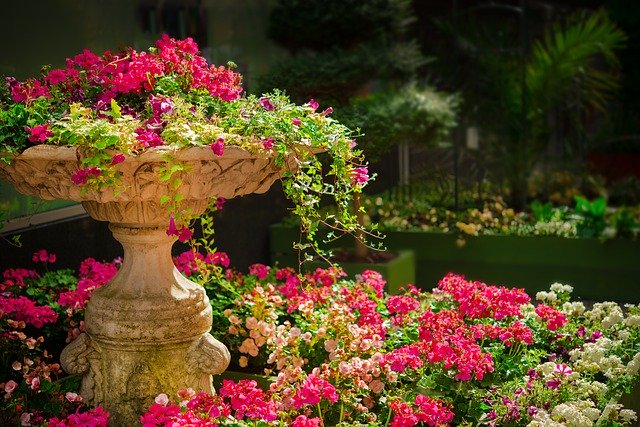Perennial Vegetables You Can Grow in Pots If You Don’t Have a Garden
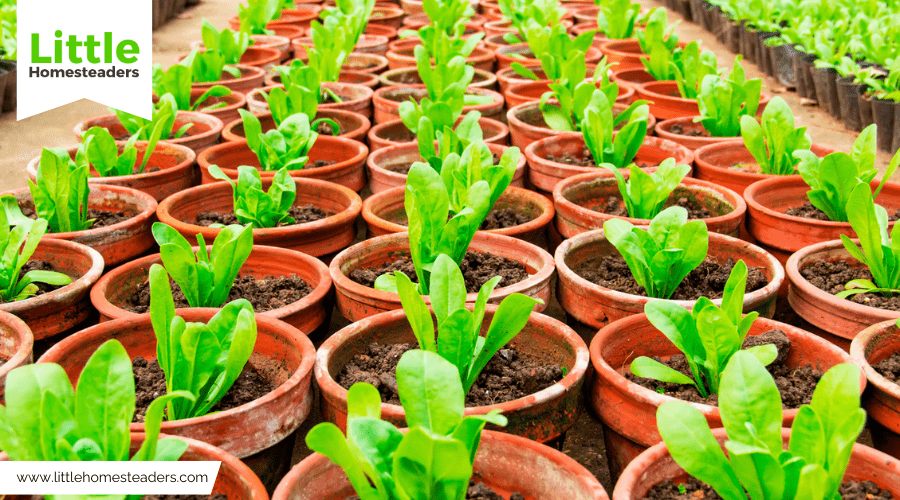
If you think you need a sprawling garden to grow your own vegetables, think again. Container gardening opens up a world of possibilities for growing food, even in the smallest of spaces. For those without a traditional garden, perennial vegetables are an ideal choice. These hardy plants come back year after year, offering long-term harvests with minimal replanting and maintenance. Whether you live in an apartment with a balcony or a house with a sunny patio, you can enjoy fresh, homegrown produce right at your fingertips.
In this guide, we’ll explore the best perennial vegetables to grow in pots, the benefits of container gardening, and the essential tips to help your plants thrive. With a little effort and the right setup, you’ll be amazed at how much you can grow, even without a traditional garden.
What Are Perennial Vegetables?
Perennial vegetables are plants that continue to grow and produce for multiple years, unlike annual vegetables that must be replanted each season. With their ability to regenerate year after year, perennials save time, effort, and resources. Once established, they provide consistent harvests, making them a sustainable option for any gardener.
What makes perennial vegetables particularly appealing for container gardening is their adaptability. While some perennials have deep root systems, many can thrive in pots as long as they’re provided with the right conditions. These vegetables are also more resilient to drought and pests, requiring less attention than many annual crops.
Some popular examples of perennial vegetables include sorrel, chives, and Jerusalem artichokes. Each has unique flavors and uses, offering versatility in your cooking. Whether you’re looking for leafy greens, flavorful herbs, or edible roots, there’s a perennial vegetable that fits the bill.
Benefits of Growing Perennial Vegetables in Containers
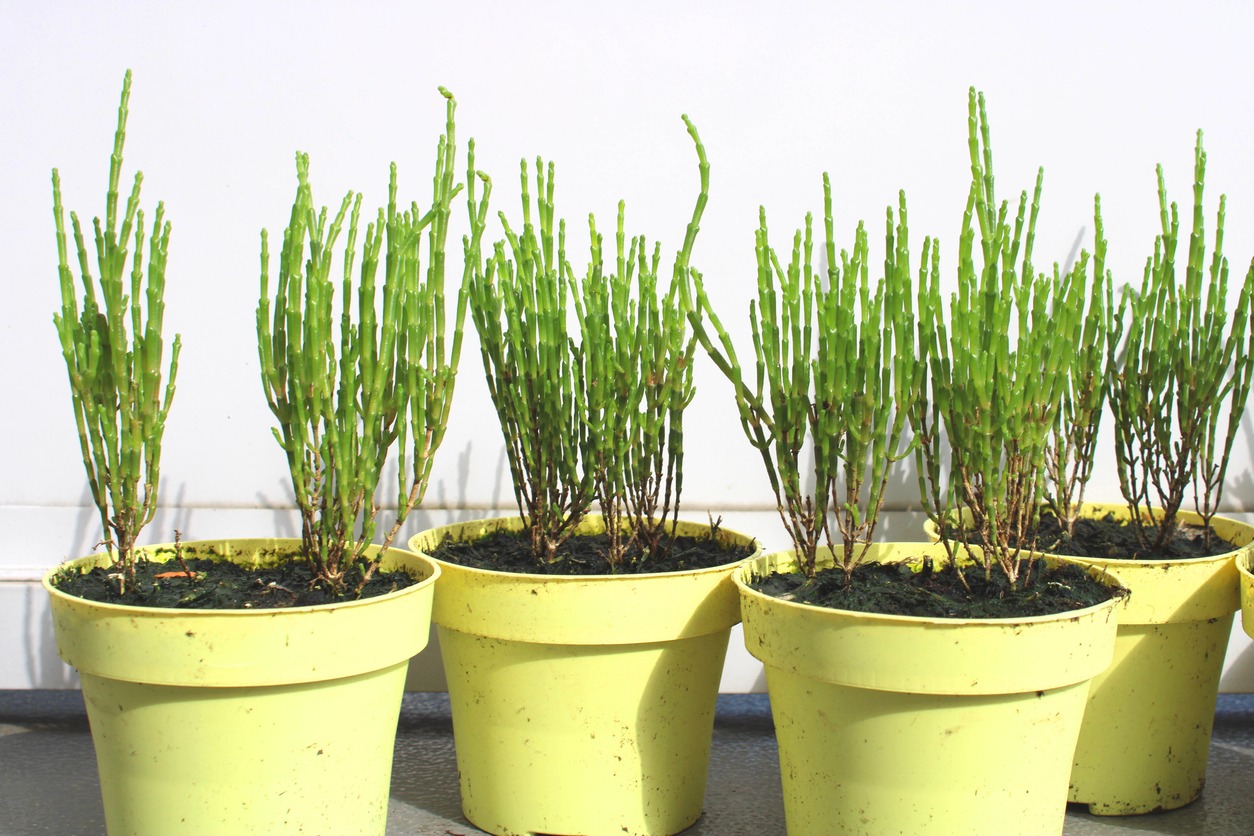
If you’re new to gardening or limited on space, growing perennial vegetables in pots is a practical and rewarding choice. Here’s why:
1. Flexibility
Containers can be moved around to maximize sunlight or shield plants from harsh weather. For instance, if your balcony only gets morning sun, you can shift your pots to follow the light throughout the day. This mobility is especially helpful for perennials that need specific conditions during different seasons. You can also bring your pots indoors during winter to protect your plants from frost.
2. Space Efficiency
You don’t need a sprawling garden to grow your own food. A small patio, balcony, or even a sunny windowsill is enough to cultivate several varieties of perennial vegetables. Vertical gardening solutions, such as shelves or wall-mounted planters, can further optimize your space, allowing you to grow more in less room.
3. Better Control Over Growing Conditions
In containers, you have full control over the soil, water, and nutrients your plants receive. This is particularly important for perennial vegetables, which often require well-draining soil and consistent care. By tailoring the growing environment to their needs, you can ensure healthy, productive plants.
4. Sustainability
Perennial vegetables are a low-maintenance, eco-friendly option. They reduce the need for replanting and can thrive for years with proper care. Over time, this saves on seeds, soil amendments, and the labor involved in planting annual crops.
5. Aesthetic Appeal
Many perennial vegetables are not only productive but also visually appealing. Plants like mint and Jerusalem artichokes can add greenery and beauty to your space, doubling as decorative elements in your home or outdoor area.
Top Perennial Vegetables for Container Gardening
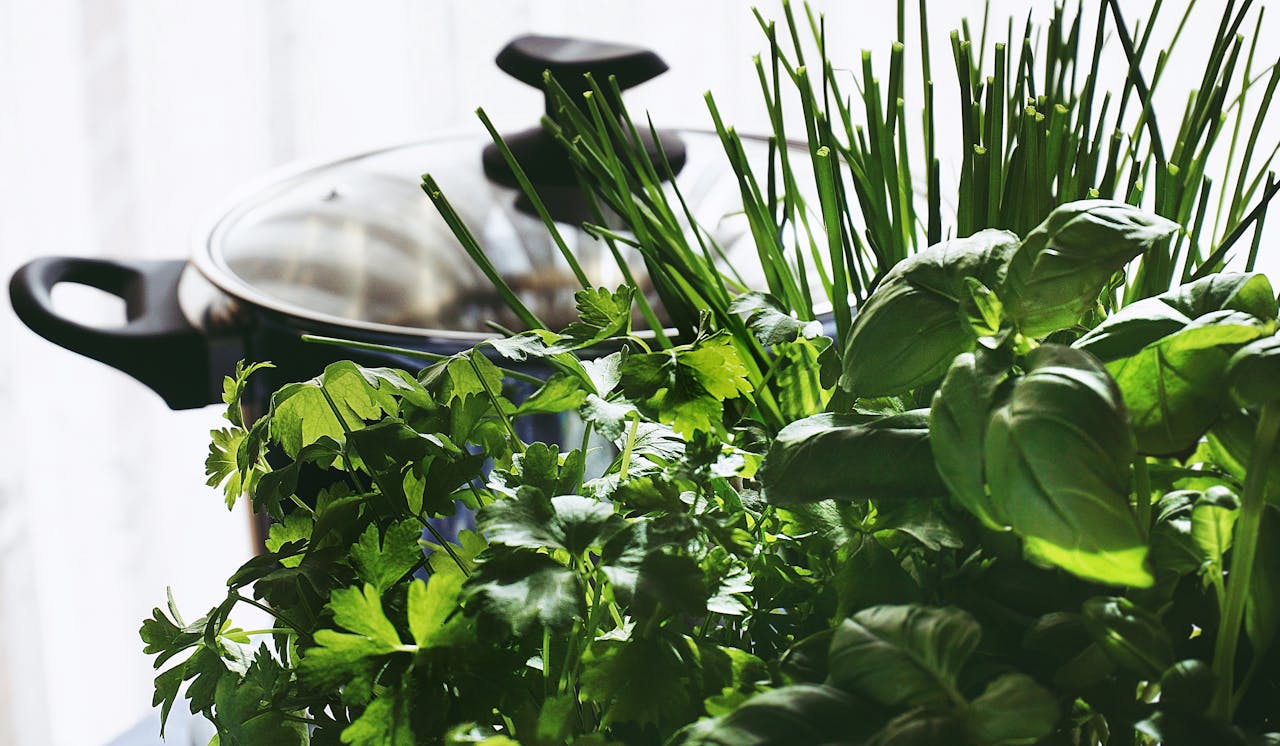
Here’s a closer look at some of the best perennial vegetables to grow in pots, along with tips to help them thrive:
1. Sorrel
Sorrel is a leafy green with a refreshing lemony flavor that enhances salads, soups, and sauces. Its low-maintenance nature and compact size make it ideal for container gardening.
- Pot Size: Choose a container at least 12 inches deep with a wide opening to accommodate its spreading growth habit.
- Care Tips: Sorrel thrives in well-draining soil rich in organic matter. Water consistently, especially during hot weather, to keep the leaves tender. Remove flower stalks as they appear to prevent the plant from diverting energy away from leaf production. Divide the plant every two to three years to keep it healthy and productive.
2. Jerusalem Artichokes
Jerusalem artichokes, also called sunchokes, are a unique option for container gardening. They produce sunflower-like stalks above ground and delicious, nutty tubers below.
- Pot Size: Use a deep 5-gallon pot for each tuber. Larger containers are even better if you want to plant multiple tubers together.
- Care Tips: Plant tubers in loose, well-draining soil enriched with compost. These plants can grow tall, so consider placing the pots near a wall or using a trellis for support. Harvest the tubers in late fall, but leave a few in the soil to regrow the following year.
3. Chives
Chives are one of the easiest and most rewarding perennial vegetables to grow in pots. Their mild onion flavor makes them a staple in many dishes.
- Pot Size: Medium-sized containers with good drainage work well for chives.
- Care Tips: Keep your chive plants in full sun for the best growth. Water regularly to keep the soil moist but not soggy. In addition to the green leaves, you can also harvest the purple flowers, which are edible and make a beautiful garnish.
4. Horseradish
Horseradish is a hardy perennial known for its bold, spicy roots. It’s perfect for those who love strong flavors and a touch of heat in their dishes.
- Pot Size: Use a container with a depth of at least 18 inches to allow the roots to develop properly.
- Care Tips: Horseradish thrives in full sun but can tolerate partial shade. To maintain productivity, replant a portion of the root each year. The leaves are also edible and can be used as a garnish or in salads.
5. Mint
Mint is a fast-growing herb that adds a refreshing flavor to drinks, desserts, and savory dishes. Its vigorous growth habit makes it a perfect candidate for pots, which help contain its tendency to spread.
- Pot Size: Choose a pot that’s at least 12 inches wide and deep.
- Care Tips: Mint prefers partial shade and consistently moist soil. Trim the plant regularly to encourage bushy growth and prevent it from becoming woody. Pinch off flower buds to keep the plant’s energy focused on producing flavorful leaves.
6. Perennial Kale
Perennial kale varieties, like Daubenton kale, provide nutrient-dense greens year-round. They’re highly productive and can thrive in pots for several years.
- Pot Size: Use a container at least 12 inches deep and wide to support the plant’s growth.
- Care Tips: Water regularly and harvest the outer leaves frequently to encourage new growth. To propagate more plants, take cuttings from mature stems and root them in water or moist soil.
Choosing the Right Containers
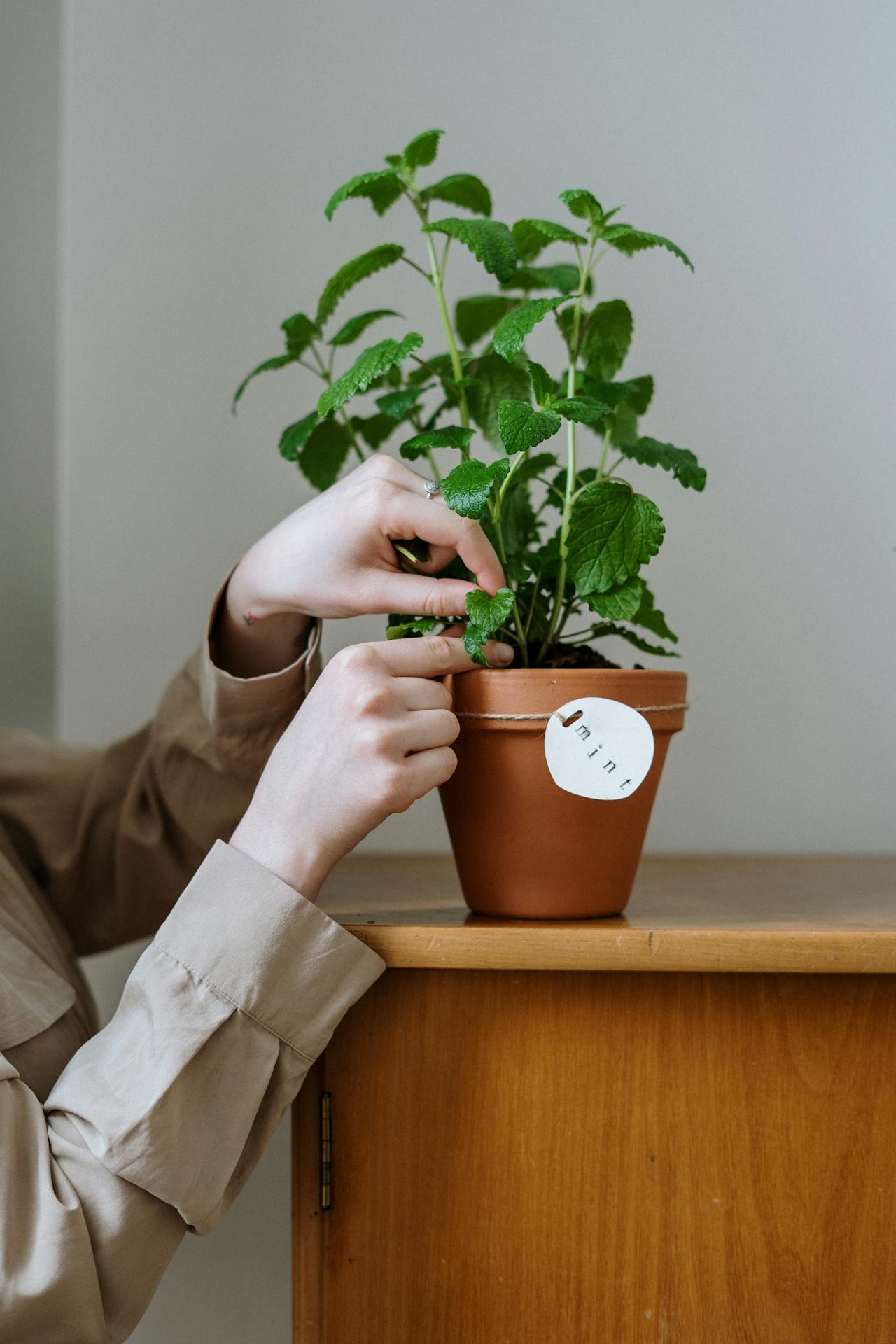
The success of your container garden starts with selecting the right pots. Here are some tips to help you make the best choice:
- Depth and Size: Perennial vegetables often have extensive root systems, so opt for containers that are deep and spacious.
- Drainage: Ensure pots have multiple drainage holes to prevent water from pooling and causing root rot.
- Material: Containers made of ceramic, plastic, or fabric are durable and practical. Each material has its pros and cons, so choose what works best for your climate and aesthetic.
- Soil: Use a high-quality potting mix rich in organic matter. Avoid garden soil, as it may not drain well in containers.
Maintenance Tips for Potted Perennials
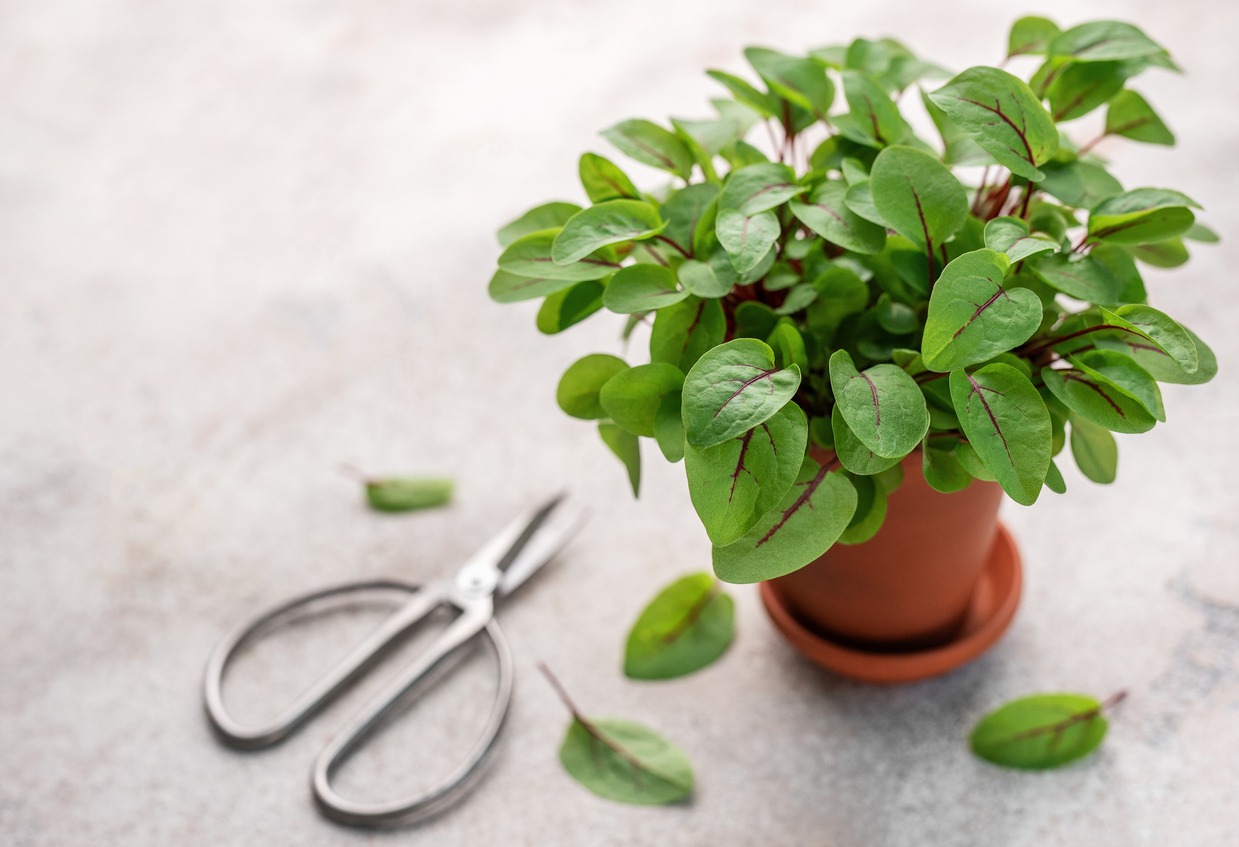
To keep your perennial vegetables thriving, follow these essential care practices:
- Regular Watering: Most perennials prefer consistently moist soil but avoid overwatering. Pots tend to dry out more quickly than garden beds, so check the soil regularly.
- Fertilization: Feed your plants with compost tea or a balanced, slow-release fertilizer during the growing season.
- Pruning and Division: Regularly prune your plants to encourage healthy growth and divide them every few years to prevent overcrowding.
- Pest Management: Inspect plants regularly for pests like aphids or spider mites, which can affect container gardens.
- Winter Care: For plants that are sensitive to frost, move pots indoors or wrap them with insulating materials during colder months.
Conclusion
Container gardening with perennial vegetables is a practical and rewarding way to grow your own food, no matter how small your space. These hardy plants offer continuous harvests, making them a sustainable and low-maintenance choice for urban gardeners, beginners, or anyone looking to maximize their space.
Start small by growing just one or two perennials in pots and see how easy it is to cultivate fresh, delicious produce. Over time, you can expand your container garden to include a diverse selection of leafy greens, aromatic herbs, and flavorful roots. With the right care and setup, your perennial vegetables will provide you with bountiful harvests for years to come.

